

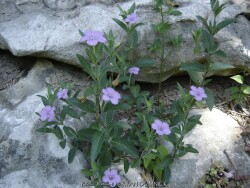
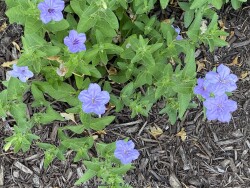
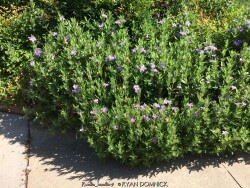
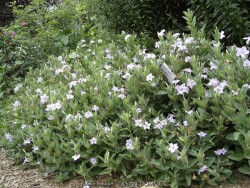
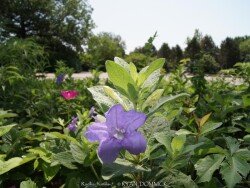

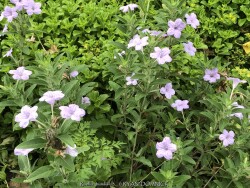
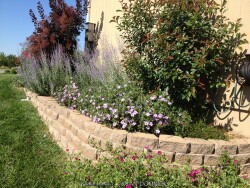
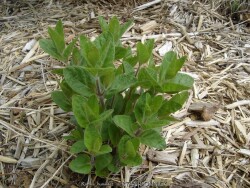
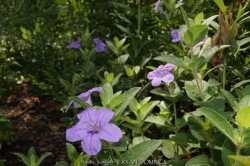
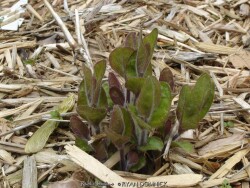
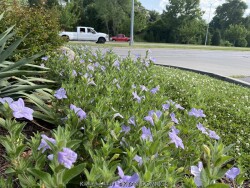
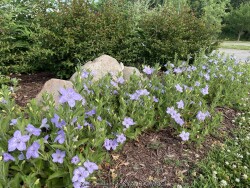
Plant Min Zone: 4a
Plant Max Zone: 8a
Sunlight: All Day Full Sun, Full Sun, Part Sun, Shade
Water / Rainfall: Very Low, Low, Average
Soil Quality: Poor, Average
Bloom Season: Summer, Late Summer
Flower Color: Lavender, White, Light Purple
Berry / Fruit Color: None
Spring Foliage Color: Green
Summer Foliage Color: Green
Fall Foliage Color: Green
Evergreen Foliage: No
Winter Interest: No
Scented Flowers: No
Drought Tolerance: Medium, High
Wet-Feet Tolerance: Low
Humidity Tolerance: Medium, High
Wind Tolerance: High
Poor Soil Tolerance: Rocky Soils, Sandy Soils, Shallow Soils, Clay Soils
Height: 1' - 1.5'
Width: 1' - 1.5'
Growth Rate: Medium
Service Life: Long: 5-10 years
Maintenance Need: Medium
Spreading Potential: Medium
Yearly Trimming Tips: Trim Perennial to Ground Around First Fall Freeze: No Winter Interest.
Plant Grouping Size: Small Grouping of 3-5, Medium Grouping of 5-10
Best Side of House: South Exposure, West Exposure, East Exposure
Extreme Planting Locations: Survives Severe Drought, Tolerates Extreme Heat, Top of Retaining Wall Locations, Crevice Gardens
Ornamental Features: Other Features not listed
Special Landscape Uses: Groundcover, Naturalizing
Possible Pest Problems: Rabbits, Foliage Disease
Plant Limitations: Unwanted Self-seeding, Sometimes Mistaken as Weed
Shippable in 2026: YES
Wild petunia is a native wildflower with bright lavender-pink flowers occurring in a wide swath from Texas to Michigan and the mid-west including Kansas Native habitat includes poor and rich soil prairies and lightly shaded woods. This wildflower also colonizes readily, will grow under the lawnmower blades and can be found along state highways. Foliage is often green and attractive. Flowering is relatively short at 2 to 4 weeks but gorgeous while it happens. Seed pods develop eventually break open to release seed. In the landscape, Wild petunia can be used in any average to dry soil situation including berms, hot south or west side of the house, or any other full to part-sun area. These will grow in poor rocky, sandy or clayish soils and even rich organic soils with slightly increased root rot susceptibility. With our average 40 inches of rain per year in eastern Kansas, extra irrigation is not recommended. Wild petunia can grow and flower in part shade even dry shades situations with a few hours of angled sun. It can also be planted in parking lot medians and other hell strips as a very durable groundcover as witnessed on Nebraska University's Lincoln campus. Combine with any other flower colors except lavender. There is quite a lot of diversity within the species so plants from different locales will have different foliage adapted to the site. Un-wanted self-seeding can be a problem in the garden if you do not use mulch. This is generally encouraged in wild gardens, however.